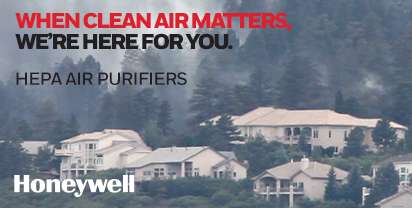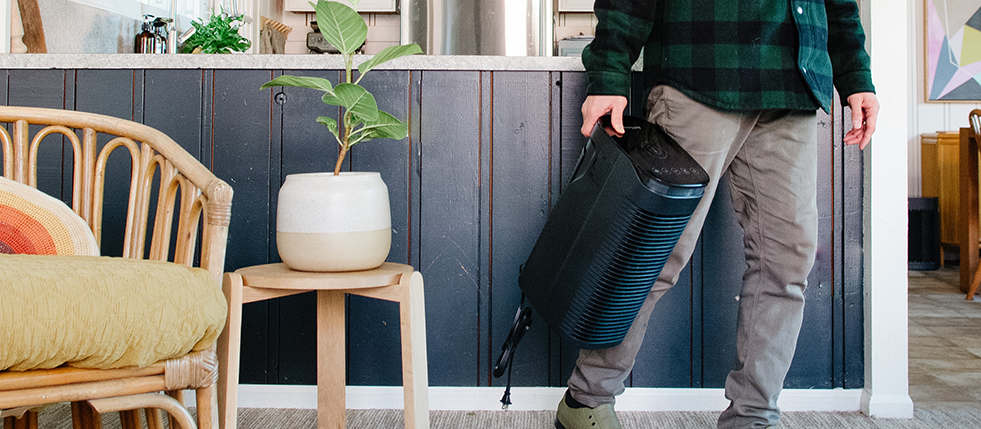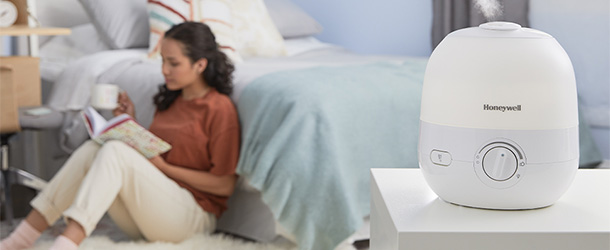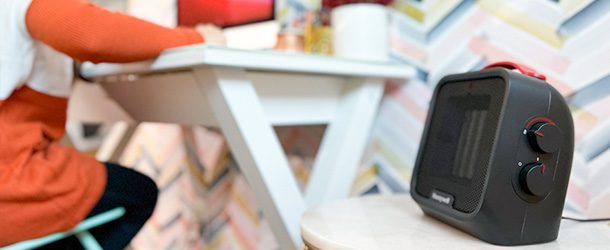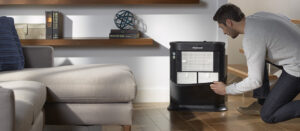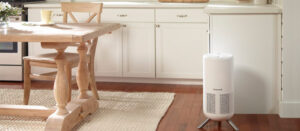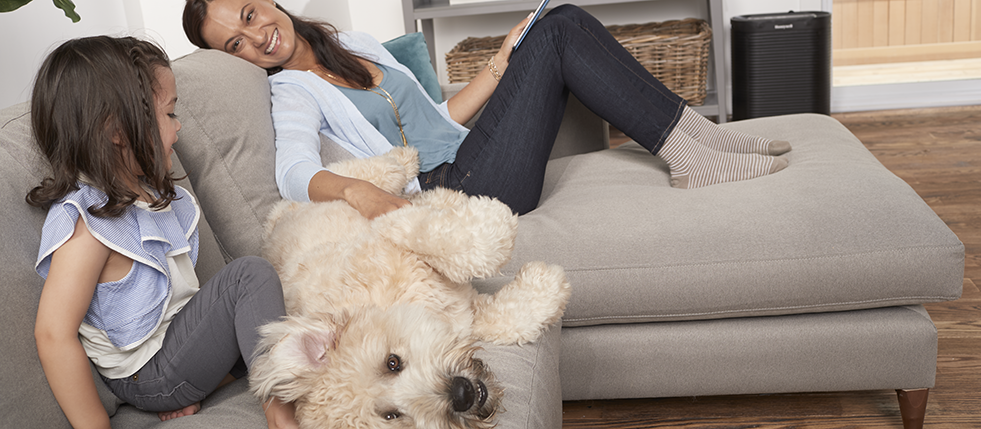If you are an allergy sufferer, you are not alone: more than 25 million Americans are diagnosed with seasonal allergies each year. Millions of people also experience year-round allergies. Once you suffer from them, you know: allergies are nothing to sneeze at.
Although you can’t remove allergens from the air outside, you can reduce them in your home! Whether you have seasonal or year-round allergies, an air purifier can help you control the air in your home and reduce your exposure to these microscopic airborne allergens.
Know your common airborne allergens
No matter how clean your home is, your indoor air may contain a variety of microscopic airborne allergens and particles:
- Pollen: Plant, grass and tree pollen released during the spring, summer and fall are major allergens. They can be carried inside by pets and family members or float into your home through open doors and windows.
- Be prepared during pollen season – check the National Allergy Bureau’s daily pollen alerts for your area:
https://www.aaaai.org/global/nab-pollen-counts?ipb=1
- Be prepared during pollen season – check the National Allergy Bureau’s daily pollen alerts for your area:
- Pet Dander: It usually isn’t your pet’s fur that causes allergies – the culprits are certain molecules in their saliva, urine and dead skin cells (dander). But even more than your pet’s fur, these molecules can linger in the air for quite a while.
- Dust: What does this catch-all word include? Pollen, mold spores and pet dander to be sure, plus other unpleasant things like the droppings of cockroaches and dust mites, and tiny fragments of these insects.
Even a very clean home has microscopic airborne allergens in it. The key is to reduce the number of these allergens, and thereby reduce your exposure.
How air purifiers reduce allergens in your home
Air purifiers help capture and reduce the following microscopic airborne allergens and particles from the air: dust, pollen, pet dander, dust mite debris and smoke. We spend about 90% of our time indoors, so when you use an air purifier, it can help reduce allergens where you spend most of your time.
How air purifiers work:
- Dirty air is drawn in using a fan.
- The air is forced through a filter that captures and reduces allergens.
- The cleaner filtered air is circulated back into your home.
A quality filter can capture a high percentage of the following common microscopic airborne allergens and particles: dust, pollen, pet dander, dust mite debris and smoke. These allergens are often no larger than a micron in size – which is actually pretty tiny. One micron is about 80 to 100 times smaller than the width of a human hair!
But depending on its filter, an air purifier may be able to capture airborne particles even smaller than a micron. This can be important for allergy sufferers.
- Certified HEPA filters can capture allergens as small as 0.3 microns (up to 99.97% of them) from the air that passes through the filter.
- Other irritants and particles, like smoke, viruses and some bacteria, are smaller than a micron. When they pass through a HEPA filter, a high percentage of these airborne particles can be captured and removed from your air.
When choosing an air purifier to help reduce allergens in your home, note the kind of filtration it uses and the size (and percentage) of particles it is able to capture. By selecting the highest quality filter, you will reduce microscopic airborne allergens and particles from your indoor air and give yourself cleaner air to breathe – even during allergy season.
Learn more about the different types of air purifiers, and choose the right one for you.
Resources:
Centers for Disease Control and Prevention: https://www.cdc.gov/nchs/fastats/allergies.htm#




